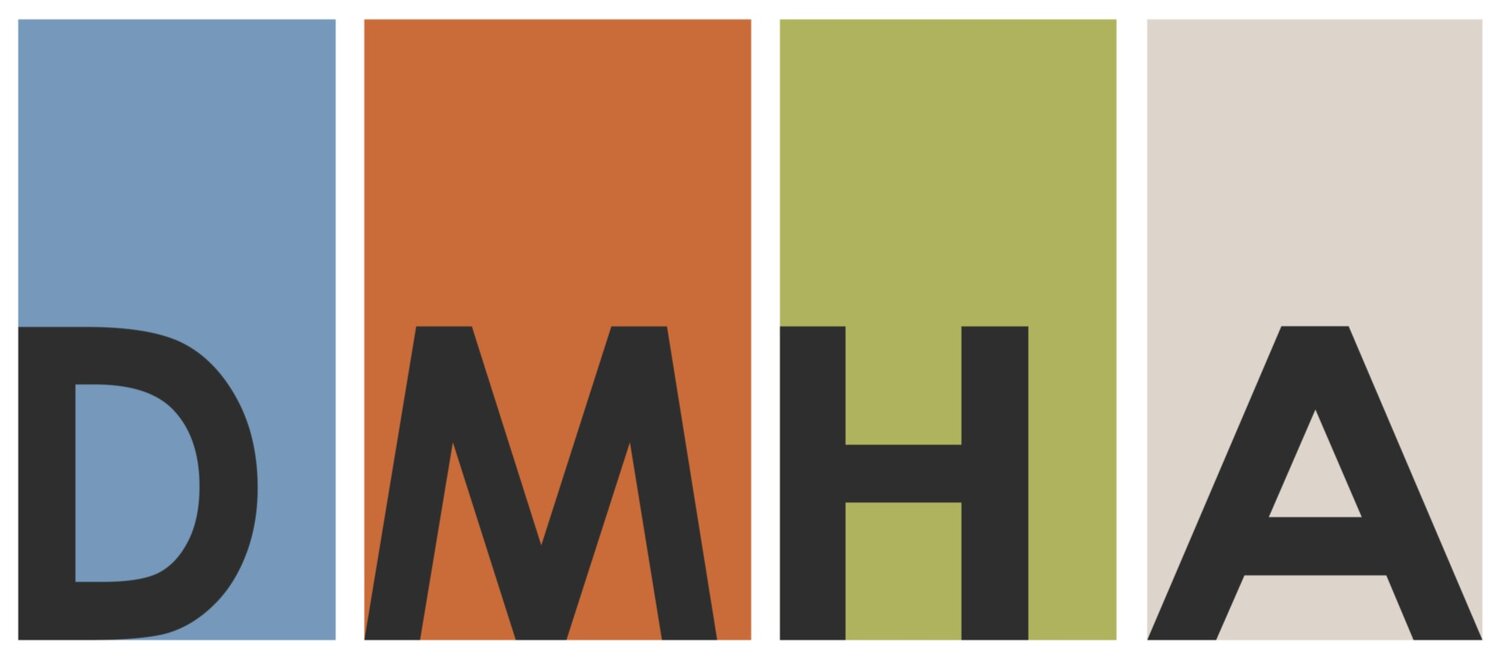Our Commitment to Sustainability
Seeking opportunities to go beyond code value for sustainable solutions, DMHA ingrains environmentalism into every project. As the need for green architecture becomes increasingly important, we are committed to the principle that excellent design and sustainability are inherently linked.
Passive House Certified
In 2008, the California Public Utilities Commission (CPUC) adopted an energy efficiency framework to achieve long-term savings through structural changes. The plan aimed for all new residential construction to be net-zero by 2020 and commercial construction by 2030.
Ed DeVicente knew that he needed to proactively align with California’s sustainability goals to establish a successful firm. In 2010, he became a Passive House Consultant to expand his expertise and exceed the challenges of net-zero. Meanwhile, as a founding member of the Central Coast U.S. Green Building Council, Michael Holliday was equally passionate about ecological architecture and served as Chair of the SB Regional Committee. When our four partners established DMHA, it was clear that sustainability was central to who we are.
Giving Back
In 2020, Ed was invited to be chair of AIA Santa Barbara’s Sustainability Committee. Honored by this opportunity, he saw it as a chance to give back the expertise he gained through Passive Housing Certified projects for Habitat for Humanity and The Loop.
“Those early projects set the tone for DMHA and enabled us to take on the challenge of aligning Santa Barbara with bold sustainability initiatives,” explains Ed. “The committee's goal is to educate architects on effectively communicating sustainable solutions to their buildings - exceeding code requirements and creating higher value architecture.”
Reaching Higher
As chair, Ed found himself in a new era of sustainability in which original targets were insufficient and updated environmental codes were on the horizon. His question became “How do we help architects holistically design their buildings to new standards, rather than fight against these initiatives?”
With the workplace shifting online, sustainability conferences around the world were suddenly accessible. Throughout 2021, Ed and the rest of our team were curators that pointed the community to valuable training and webinars. These conferences revealed that regardless of environmental benefits, new sustainable technologies deliver higher-value products - and the technology to do this is in our reach.
On the Horizon for 2022
As the end of the year approaches, AIA is pushing to embrace electrification for new buildings in 2022. With an increasingly green grid, the technology for this exists, and our job is to keep the broader community up to date. AIA and DMHA are committed to studying what has worked in other communities and tailoring an electrification program specific to Santa Barbara. Collaborating across industries, we are thrilled to build a healthier community throughout 2022.
True Sustainability
Excellent design incorporates more than simply meeting code requirements - it positively contributes to the environment. Durable, healthy for occupants, and requiring less energy - we believe that true sustainability should be highly integrated. This commitment extends beyond our firm and is reflected in our roles as leaders in our community.





